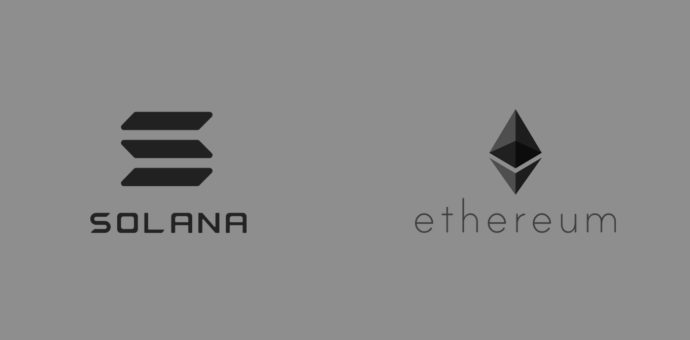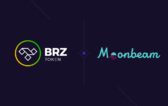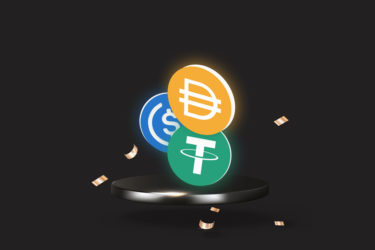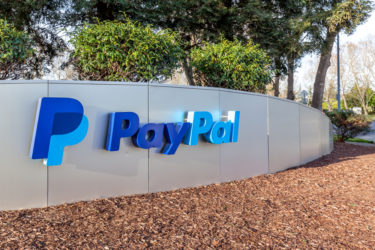Solana‘s emergence as an alternative to Ethereum may raise questions about how to make transactions between two blockchains. As they are two different networks, it is necessary to have an intermediary in this operation, which serves as a bridge between them.
Different projects act in this type of operation and make the connection between different pairs of blockchains. One of them is the Wormhole.
This solution was presented in October 2020 by Solana to bridge the gap between it and Ethereum. Wormhole is the result of a partnership with the start-up Certus One. Imagine, for example, that the investor has cryptoassets in the ERC-20 standard (Ethereum standard). With the Wormhole, he can convert this token into one that has the Solana pattern. The same goes for the opposite path, from Solana to Ethereum.
Basically, Wormhole locks tokens in a smart contract on one of the blockchains and then issue matching tokens on the other blockchain. Once this new token appears on the second network, it is possible to do what the investor wants. According to Solana, this is just the first of many projects of its kind.
Wallets also allow transactions between two blockchains
Perhaps the most famous way to operate on two different blockchains is WBTC, or Wrapped Bitcoin. Similar to the bridge between Ethereum and Solana, it also uses a smart contract. But in this case, there is a custodian, and the contract specifically locks bitcoins and generates an equivalent amount of WBTCs in Ethereum. So when the investor wants to recover the original bitcoins, he needs to “burn” the tokens at WBTC Factory.
Another project that allows you to make transactions between two blockchains is the Cosmos. The project defines itself as “a decentralized network of parallel independent blockchains, each powered by BFT consensus algorithms, such as the Tendermint consensus”, Cosmos explains. The BFT (or Byzantine Fault Tolerance) consensus algorithm is what allows communication between the different blockchains.
Besides, digital wallets such as ONTO are another option when making transactions between two blockchains. According to the company, ONTO operates with the Ontology, NEO, Ethereum, Tron, Polkadot, Binance Smart Chain, and Klaytn networks. And others should be on that list. Thus, “users can pool all their assets into just one wallet, protected through decentralized identity powered by (technology) ONT ID”, says Ontology.







